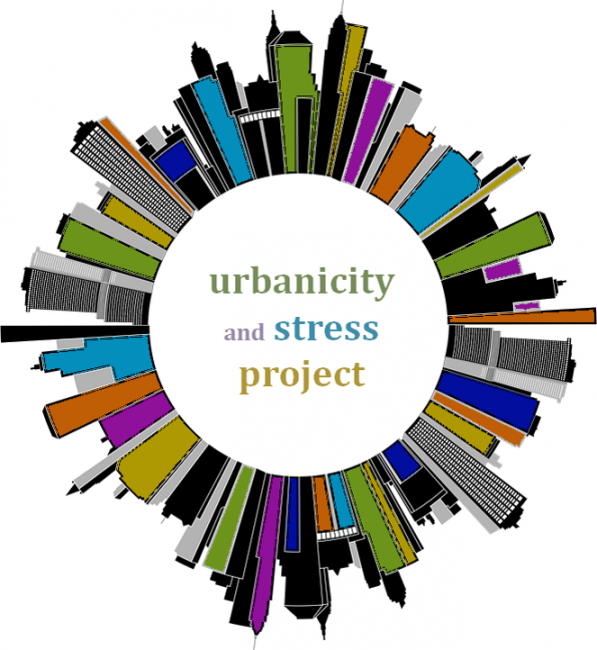Urbanicity and stress among young people: A summary of four Dutch studies
Brittany Evans, postdoc at the Centre for research on child and adolescent mental health at Karlstad University, presented a research project about urbanicity and stress among young people at a lunch seminar on 21st February 2018.

The project was executed 2015-2017, while Brittany Evans worked as a postdoc at Radboud University in Nijmegen. A summary of the project follows here:
We examined mental health and stress in children and adolescents living in more urban areas and more rural areas. In a series of four studies, children (followed from birth through age 10 years) and adolescents (aged 13-20 years old) participated in research at hospital laboratories, mobile laboratories and schools across the Netherlands (between 115 and 895 young people took part in each study). The findings from the studies showed that children who lived in more urban areas had more mental health problems than children who lived in more rural areas. Living in a more urban area also affected the biological stress systems of young people. Those who lived in a more urban area had biological stress systems that were less healthy than those who lived in more rural areas. This difference was only seen in adolescents, not in children.
Cities may be stressful
These findings suggest that it might be more stressful to live in a more urban area, and this could be related to developing a less healthy biological stress system. The effect of living in a more urban area on the stress system might not be noticeable until young people reach adolescence. Since biological stress system functioning is important for mental health, having a less healthy biological stress system could help to explain why young people in more urban areas exhibit more mental health problems.
Measuring biological stress
Healthy biological stress system functioning is important for being able to deal with all kinds of stress on a daily basis. We measured biological stress system functioning by asking children and adolescents to come to a laboratory where we took measurements of their biological stress levels (e.g. stress hormone or cortisol levels, heart rate) during moments of rest and moments of stress (i.e. we asked them to give a speech in front of a camera). In this way, we could see how healthy the response of the stress system was during stress.
Neighbourhood
We also asked the children and adolescents, their parents, and their teachers to fill in questionnaires about symptoms of mental health problems. We looked at how busy the neighborhoods were that the young people lived in using statistics of the number of addresses surrounding each child or adolescent’s home. This told us how urban or how rural the neighborhood was that the young people were living in.


